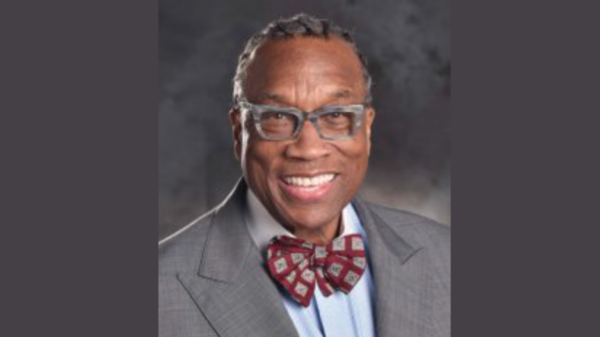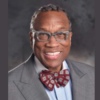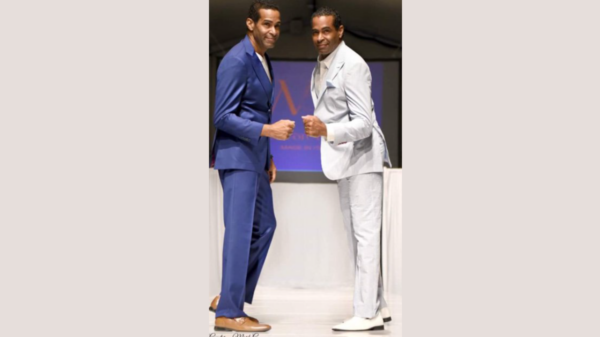By Norma Adams-Wade
Ran across an old newspaper article the other day that took me back to my first job after college in the late 1960s. Anybody who knows me well, knows that I do not tell my age – but you can do the math.
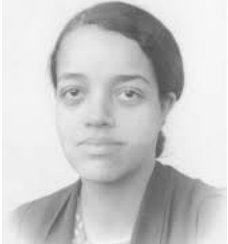
Special Contributor Teri Webster wrote the article that ran May 23, 2021 on page 10B in The Dallas Morning News. The kicker state: RICHARDSON. The headline stated: Documentary details city’s NASA project impact via Collins Radio.
The lead stated: “Richardson has a connection to space exploration dating back to NASA’s manned missions in the 1960s through communication technology that was pioneered by the former Collins Radio Co. that was located in the city.”
The article was about Collins’ role in NASA’s early space efforts and how that story is told in the documentary series, The Collins Story: Connecting the Moon to the Earth. The series was released in December 2018 and shown more recently on May 5, 2021 during an anniversary of one of the space flights.
I thought of the popular movie Hidden Figures, about three African-American women whose mathematical calculations helped put a man on the moon and advance other space-age achievements.
My mind flipped back more pages and landed on that first job at Collins Radio Co. in Richardson, after earning a Journalism degree from The University of Texas at Austin. Collins was not far from Texas Instruments (TI) also in Richardson. Later, I worked at Bloom Advertising Agency, the Black-owned Dallas Post Tribune weekly, and The Dallas Morning News daily.
After reading Webster’s article, I was just thinking… Am I a hidden figure in Dallas? I say that a bit tongue-in-cheek. But when you look at the similar circumstances, it could make you wonder.
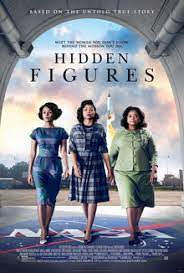
At Collins, I was part of a small team of copyeditors who mainly were journalism or English graduates, and whose names and faces I have long since forgotten. After reading Webster’s article, I looked up one of my early resumés and, in part, here were the team responsibilities: “Edit copy for tracking antenna technical instruction manuals for National Aeronautics and Space Administration’s (NASA) Apollo space program.”
I recalled my thoughts sometimes as I was editing space-age copy. I told myself that it was not so important that I was not a science and technology major. What this job required from me was my English language skill and ability to ensure that the words were clearly stated with correct grammar and punctuation.
There were some surprises. Under one of the projects, I learned that I would be investigated to achieve a particular security clearance that would approve me to work on a certain project. If my memory is correct, the Federal Bureau of Investigation (FBI) did the investigation. I remem-ber the mystified calls I received from some neighbors in South Dallas, where I still lived with my parents at the time. Why was the FBI calling them to ask about me, they wondered aloud? They seemed satisfied when I explained that it had to do with a project on my job.
South Dallas off Bexar Street near H. S. Thompson Elementary School and not far from Lincoln High School – both my alma maters — is still clear in my mind as I remember those after-college days more than 50 years ago. My lovingly protective parents were wary after I got my first car to transport me to my first job.
My mother, Nettie Ruth Ivory Adams, a beautician, would drive me in it up the traffic-congested freeway to Collins and pick me up after work. When we got back home in the evenings, my dad, Frank McLeod Adams, an Army vet and one of Dallas’ early Black mail carriers, was already back from work. He expected a daily report on how the day and driving had gone.
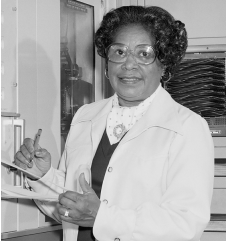
One driving memory that makes me smile now – but not then – were those days when “Mot-dear” would allow me behind the wheel. I would drive the usual route, from South Dallas and up North Central Express-way, to the exit that took us to Collins.
When my mom thought I should be slowing down or stopping on the freeway, her foot on the front pas- senger side, would automatically and
involuntarily slam on an imaginary brake, making her head and shoulders jerk forward. She would not say anything, but I knew she was on pins and needles for me behind the wheel.
Just a little history:
About Collins. “Ham” radio entrepreneur Arthur A. Collins founded Collins Radio Company in 1933 in the basement of his Cedar Rapids, Iowa home. He then advanced to manufacturing transmitters, receivers and aircraft radios. He opened the Dallas production site in 1950. Business magnate Ross Perot unsuccessfully attempted to take over the company in 1969. The founder left Collins in 1972 and started a consulting firm.
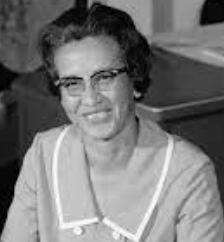
About the movie. The 2016 movie Hidden Figures was the story of three high-performing Black female math teachers who got jobs with the National Aeronautics and Space Administration (NASA) during America’s 1960s space-exploration. The women, known as “human computers,” ultimately played important roles – despites racial and sexist discrimination – in space-age achievements including the moon landing. The movie was based on African-American author Margot Lee Shetterly’s book by the same name.
Actress Taraji P. Henson played mathematician Katherine Goble Johnson, who calculated flight tra- jectories for space missions. She ultimately received the Presidential Medal of Freedom, the highest civilian honor, from then-President Barack Obama. Academy-Award winner Octavia Spencer played mathematician and supervisor Dorothy Vaughan. Janelle Monáe played mathematician and engineer Mary Jackson.
So, again, I was just thinking… Was I a hidden figure – despite no mathematical ties? You decide.






